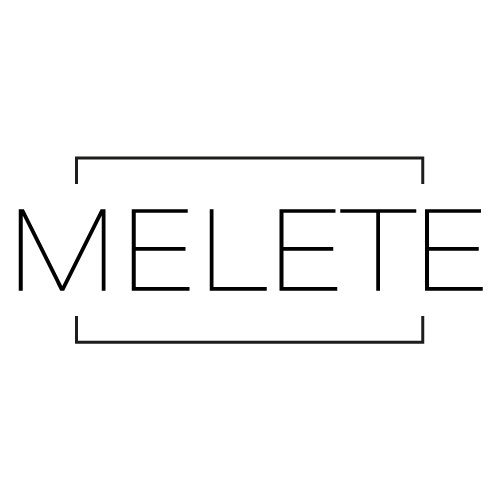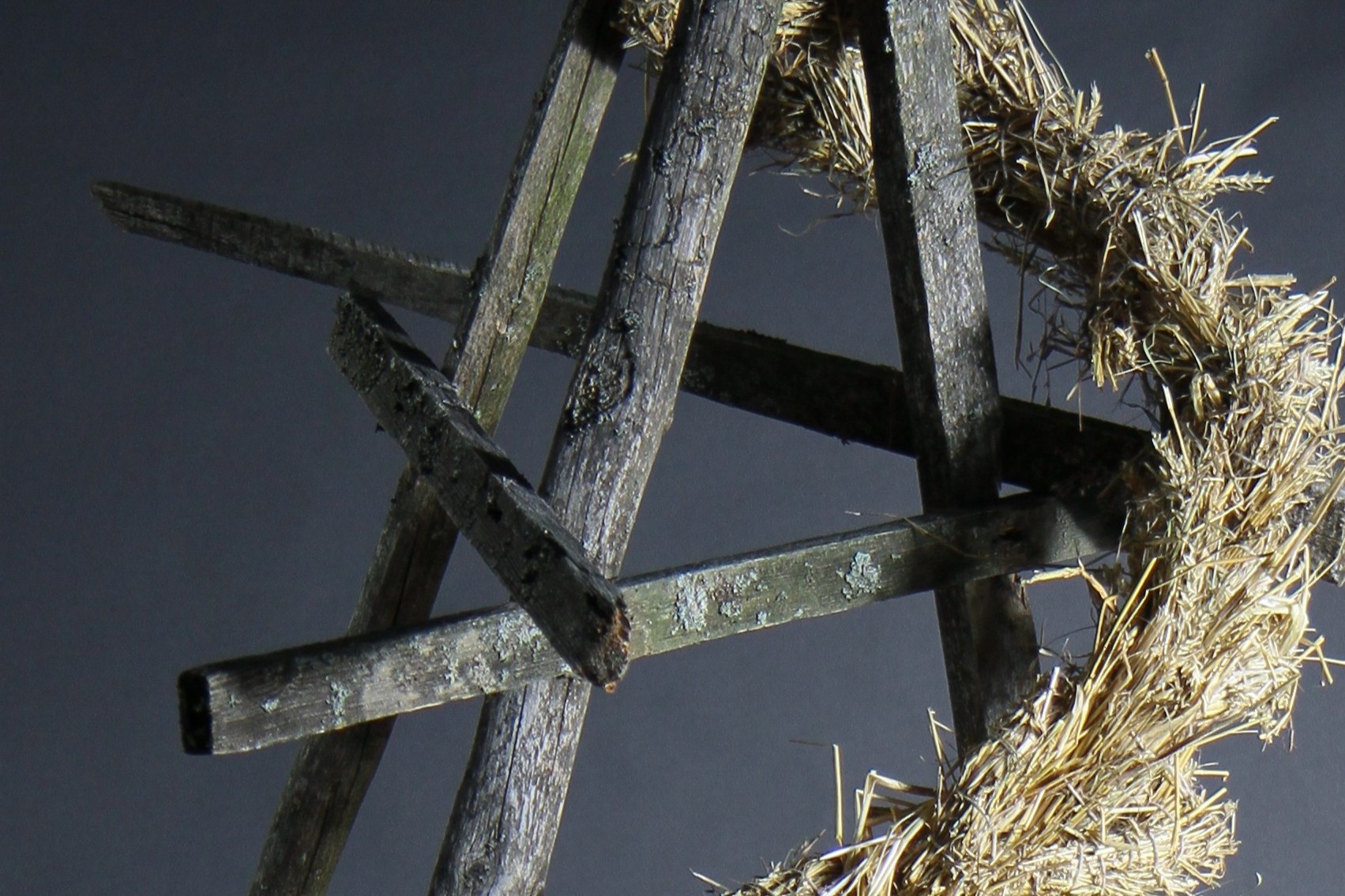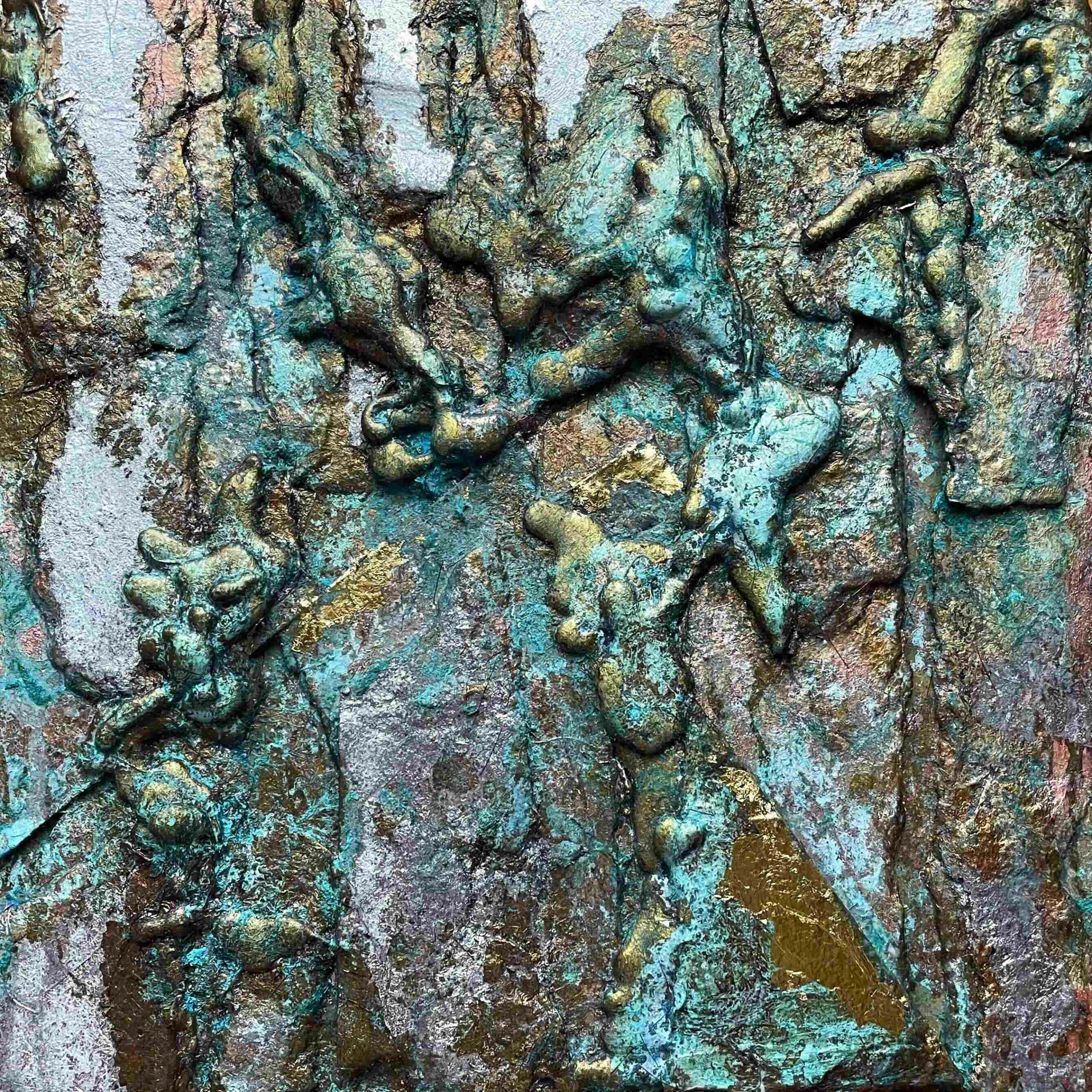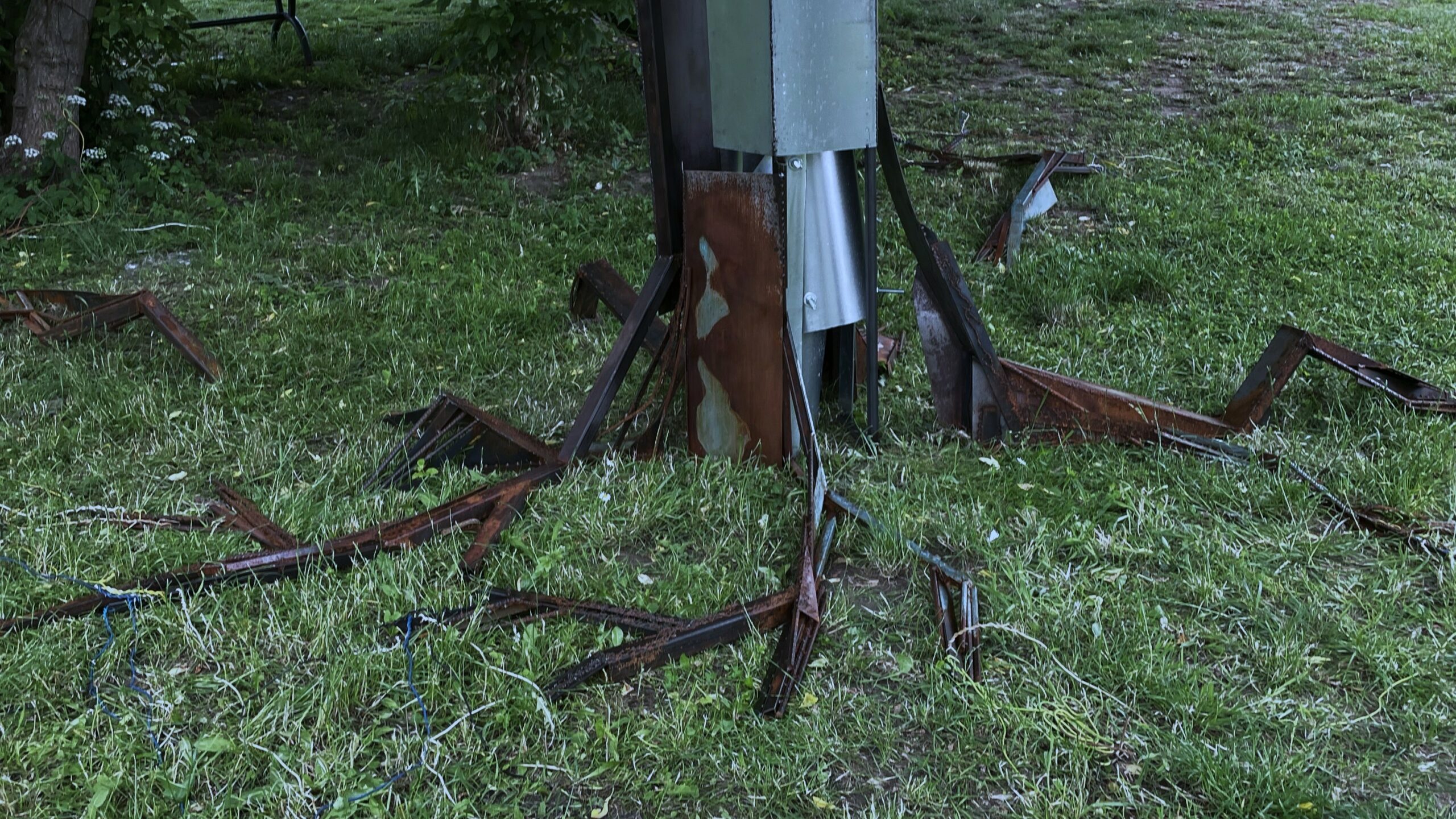Category
From decomposition to new formSylwia’s works
re:plon
Year: 2020
Technique: 3D pen, fruit, vegetables, cotton canvas
Dimensions: 100 x 100 x 15 cm
When the grain is sufficiently hard and the straw takes on the right shade, one only needs to listen for the quail’s call to begin the first harvest. Nature’s gifts were bestowed upon humankind. But why not take more, to amplify it, to make it more potent? To seize, to wrench, to graft, to add, to spray, to douse in the chemicals of the periodic table, to loosen, to modify, to coat with wax for a superficial gleam. Hasn’t the tomato, by chance, become a post-mato? And if things go too far, let us go one step further – let us add, let us exchange, let us mould as best we can, let us create neo-fruits equipped with advanced chemical-digital-plastic prostheses.
And when the harvest draws to a close, a trace will remain in memory, an absurd, plastic surrogate. Autumn approaches, the work concludes. Every weary soul impatiently awaits the date when day and night become equal. One can now clean scythes and sickles and, in accordance with tradition, crown the harvest time with a communal wreath. Time to celebrate the harvest festival!
Kosa
Year: 2017
Technique: wooden frame, straw, hay
dimensions: 200 x 100 x 150 cm
In Old Polish, the word ‘kosa’ means ‘braid’. The braid, in Slavic cultures, was a most precious adornment for a girl’s head, a symbol of maidenhood and virginity. An ‘ostrewka’ is a wooden structure on which hay was dried during haymaking season. The juxtaposition of these two elements under the shared name ‘kosa’ is intended to symbolise the arrival of change, the end of a certain period. The braid has already been cut, thus undergoing symbolic ‘ocepiny’ (a wedding ritual during which, in Górale (Polish Highlanders) culture among others, a newlywed’s braid was cut off). The severed braid now stands and withers on the ‘ostrewka’, stripped of its intimacy, its mystery, exposed from now on to the view and judgement of onlookers. Like a highland heritage stripped of its virginity, its mystery, if not fading into oblivion, then largely because, like an exhibit, it is laid bare to the mercy of tourists.
Kora (Bark)
Year: 2025
Technique: schlagmetal, cardboard, patina
series of reliefs
Bark is both a barrier and a filter. It reacts to the environment, receiving, retaining, and transforming what reaches it. It accumulates traces of time’s passage, holding within its reactions, tensions, and shifts that slowly settle into successive layers. The layers grow slowly. Their rhythm is not planned. It stems from a continuous tension between the past and current interactions.
Bark is a medium for memory. It preserves the presence of changes, stresses, and minor interventions that, over time, have formed its structure.
Mycelium
Year: 2025
Technique: metal
dimensions: 1,2 x 4 x 4 m
‘Mycelium’ is a sculpture that references the form of a felled tree trunk, its metal structure symbolising how the contemporary landscape – both natural and cultural – is interwoven with remnants. Seemingly dead forms here become a starting point: for memory, flow, and new connections. Instead of a biological body, we see a technological body that expands, reacts, and sends signals. The work explores the relationships between the living and the dead, past and present, nature and infrastructure, demonstrating that even what has perished can be a functioning network.
The sculpture reveals a layered organisation: a galvanised pipe symbolises transport channels, rusted sheet metal represents biological transmission and the passage of time, and welded rods form an industrial bark. These elements transition into a root-like structure, from which cables emerge, spreading across the lawn towards living trees, creating an organic-technological network reminiscent of mycelium – an invisible, yet crucial communication system.
The use of steel and cables transforms this biological image into a cultural metaphor. The dead tree becomes a vessel for the past, an echo of extinguished systems that continue to exert influence. The expansion of the cables symbolises the tension between nature and technology, a digital mycelium infiltrating organic structures. The sculpture speaks of memory, flow, and traces that do not disappear, emphasising that even what is dead can initiate movement and have far-reaching impact.




